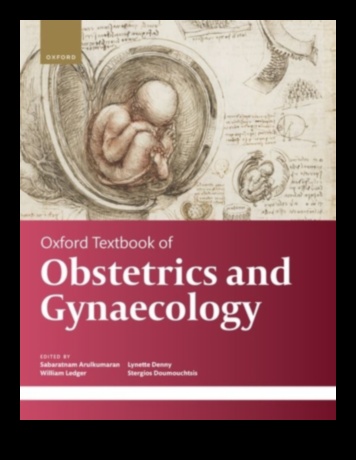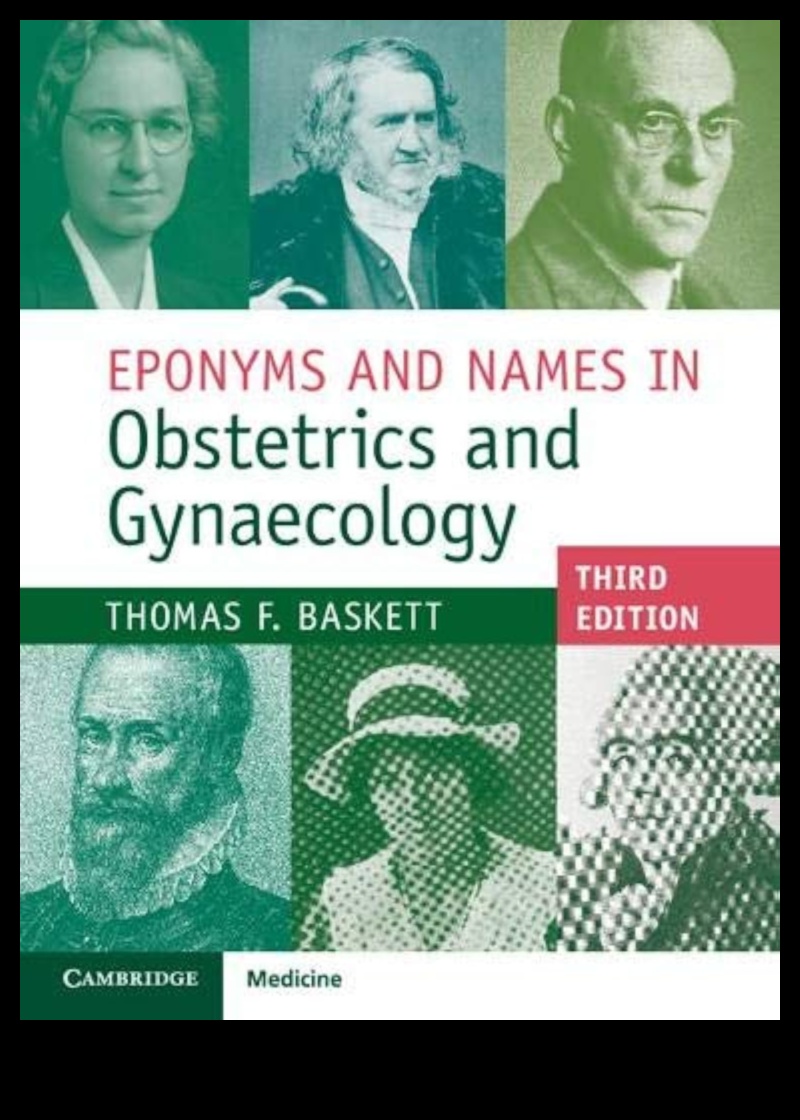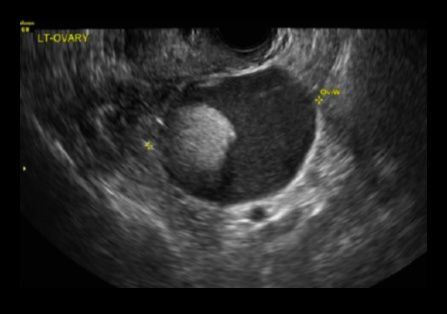
Obstetrics and Gynecology
Obstetrics and gynecology (OB/GYN) is the medical specialty that deals with the health of women’s reproductive organs. OB/GYNs care for women of all ages, from adolescence to menopause. They provide a range of services, including:
* Prenatal care
* Labor and delivery
* Postpartum care
* Contraception
* Infertility
* Menopause
* Sexual health
* Women’s cancers
OB/GYNs are also involved in research and education. They work to improve the health of women by developing new treatments and preventive measures.

Common Gynecological Conditions
Some of the most common gynecological conditions include:
* Endometriosis
* Fibroids
* Pelvic inflammatory disease (PID)
* Polycystic ovary syndrome (PCOS)
* Uterine bleeding
* Vaginal infections
* Vulvar pain
These conditions can range in severity from mild to debilitating. They can also affect a woman’s physical and emotional health.
Common Obstetrical Conditions
Some of the most common obstetrical conditions include:
* Preeclampsia
* Gestational diabetes
* Miscarriage
* Ectopic pregnancy
* Preterm labor
* Postpartum depression
These conditions can be serious and even life-threatening. They can also have a lasting impact on a woman’s physical and emotional health.

Prenatal Care
Prenatal care is essential for all pregnant women. It helps to ensure that the mother and baby are healthy during pregnancy and childbirth. Prenatal care includes regular checkups, tests, and counseling.
During prenatal care, your OB/GYN will:
* Monitor your weight and blood pressure
* Check your urine for protein and glucose
* Test your blood for anemia and other conditions
* Perform a pelvic exam
* Discuss your birth plan
* Provide you with information about pregnancy and childbirth
Prenatal care is important for both the mother and the baby. It can help to prevent complications during pregnancy and childbirth, and it can also help to ensure that the baby is born healthy.

Labor and Delivery
Labor and delivery is the process of giving birth to a baby. It can be a long and challenging process, but it is also a very rewarding one.
Labor and delivery typically begins with contractions of the uterus. These contractions gradually become stronger and more frequent until the cervix is fully dilated. Once the cervix is fully dilated, the baby can be born.
Labor and delivery can be done in a hospital, birthing center, or at home. The type of setting you choose will depend on your personal preferences and medical needs.
Labor and delivery is a natural process, but there are some medical interventions that can be used to help it progress more smoothly. These interventions include:
* Pitocin
* Epidural anesthesia
* Forceps
* Vacuum extraction
Labor and delivery is a time of great change for both the mother and the baby. It is a time of joy, excitement, and anticipation.

Postpartum Care
Postpartum care is the care that women receive after giving birth. It helps to ensure that the mother and baby are healthy and recovering well. Postpartum care includes:
* Rest
* Nutrition
* Breastfeeding support
* Pain management
* Emotional support
Postpartum care is important for both the mother and the baby. It can help to prevent complications and promote healing.
Contraception
Contraception is the use of methods to prevent pregnancy. There are many different types of contraception available, including:
* Birth control pills
* Condoms
* Diaphragms
* Intrauterine devices (IUDs)
* Sterilization
Contraception is important for women who do not want to become pregnant. It can help to prevent unplanned pregnancies, which can have a lasting impact on a woman’s physical and emotional health.
Infertility
Infertility is the inability to conceive after one year of unprotected sex. It affects about 10% of couples. There are many different causes of infertility, including:
* Problems with ovulation
* Problems with sperm production
* Uterine problems
* Endometriosis
* Pelvic inflammatory disease (PID)
Infertility can be a difficult diagnosis to receive